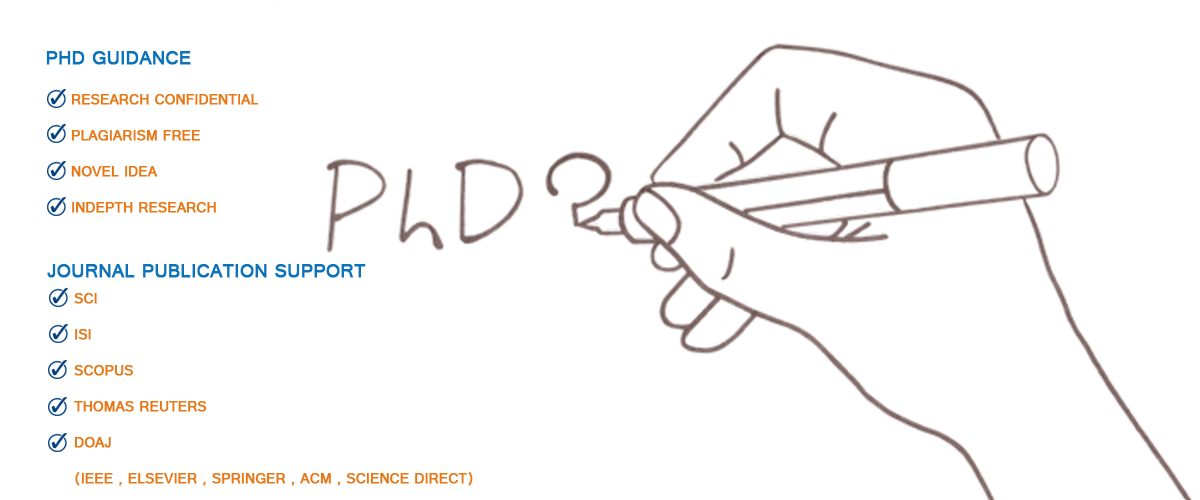How to Calculate Coverage Percentage in NS2
To calculate the coverage percentage in Network Simulator 2 (NS2), we need to evaluate the area covered by the wireless nodes or sensors in the particular geographic region, especially in wireless sensor networks or mobile networks. It is usually means that the proportion of the observed area that is covered by at least one node’s sensing range. Share with us your parameter detail we will help you out.
Below is a step-by-step guide on how to calculate the coverage percentage in NS2:
Step-by-Step Implementation:
- Understand Coverage Concept:
- Each node has a sensing range (typically a circle around the node with a specific radius).
- The total area of interest is the area that should be covered by the network.
- Coverage Percentage is computed as: Coverage Percentage=(Total Covered AreaTotal Area of Interest)×100\text{Coverage Percentage} = \left(\frac{\text{Total Covered Area}}{\text{Total Area of Interest}}\right) \times 100Coverage Percentage=(Total Area of InterestTotal Covered Area)×100
Where:
- Total Covered Area is the combination of the sensing areas of all nodes.
- Total Area of Interest is the entire region that should be covered by the network (like a 100m x 100m grid).
- Set Up the Network Scenario:
- State the area and position the nodes in the simulation.
- Allocate a sensing range to each node, which could be change from the transmission range.
- Sum up the total area of interest.
- TCL Script Setup for Coverage:
Here’s a simple example of how to set up nodes with sensing ranges in a TCL script:
# Create Simulator
set ns [new Simulator]
# Create a Topography object
set topo [new Topography]
$topo load_flatgrid 100 100 ;# Assuming a 100m x 100m area
# Create nodes
set node_(0) [$ns node]
set node_(1) [$ns node]
# Add more nodes as needed
# Assign positions to nodes
$node_(0) set X_ 20
$node_(0) set Y_ 30
$node_(0) set Z_ 0
$node_(1) set X_ 60
$node_(1) set Y_ 50
$node_(1) set Z_ 0
# Define sensing range (for example, 30 meters)
set sensingRange 30
- Calculate Covered Area:
To estimate the covered area, we need to:
- Repeat over all nodes.
- Validate for the intersection of their sensing ranges.
- Compute the blending of all sensing areas.
In NS2, you can’t natively measure geometric areas, yet you can write extra code (in TCL or C++) to replicate this. You may also pick to export node locations and ranges, then calculate coverage externally using tools like Python or MATLAB.
Here’s an outline of how to calculate coverage in NS2 using a TCL script:
# Function to check if a point (x, y) is within the sensing range of any node
proc isCovered {x y} {
global ns node_ sensingRange
set covered 0
foreach nodeID [array names node_] {
set nodeX [$node_($nodeID) set X_]
set nodeY [$node_($nodeID) set Y_]
# Calculate the Euclidean distance between the node and point (x, y)
set distance [expr sqrt(($nodeX – $x) * ($nodeX – $x) + ($nodeY – $y) * ($nodeY – $y))]
# If the point is within the sensing range, mark it as covered
if {$distance <= $sensingRange} {
set covered 1
break
}
}
return $covered
}
# Calculate coverage percentage
proc calculateCoverage {} {
global ns
set coveredPoints 0
set totalPoints 0
set gridStep 1 ;# Adjust grid resolution as needed
# Loop over the entire area of interest (100m x 100m)
for {set x 0} {$x <= 100} {incr x $gridStep} {
for {set y 0} {$y <= 100} {incr y $gridStep} {
incr totalPoints
if {[isCovered $x $y]} {
incr coveredPoints
}
}
}
# Calculate coverage percentage
set coveragePercent [expr ($coveredPoints * 100.0) / $totalPoints]
puts “Coverage Percentage: $coveragePercent%”
}
- Run the Simulation:
- Locate your nodes across the specified area.
- Make certain that each node has a sensing range distributed.
- calculateCoverage procedure is used to compute the coverage percentage by iterating over the entire area and verifying if each point is covered by at least one node.
- Output and Analyze the Results:
- The coverage percentage will be printed or recorded during or after the simulation execution.
- You can alter the amount of nodes, their locations, and the sensing range to learn their influence on coverage.
- Optimizing Coverage:
- Modify parameters like node density and sensing range to enhance the coverage percentage.
- You can also discover strategies like node mobility or redundant node deployment to increase coverage in sparse networks.
External Tools for Visualization and Coverage Analysis:
If NS2 does not offer sufficient tools for visualizing coverage, you can export node locations and coverage details and use tools like MATLAB, Python (Matplotlib), or MATLAB’s Voronoi diagrams to measure and visualize the coverage more precisely.
We have utterly presented the vital information regarding the coverage percentage like how to set up a simulation network, how to compute it in the ns2 simulator and how to enhance the coverage area of a node in a certain area. We also provide alternative techniques to calculate this by exporting some modules.







